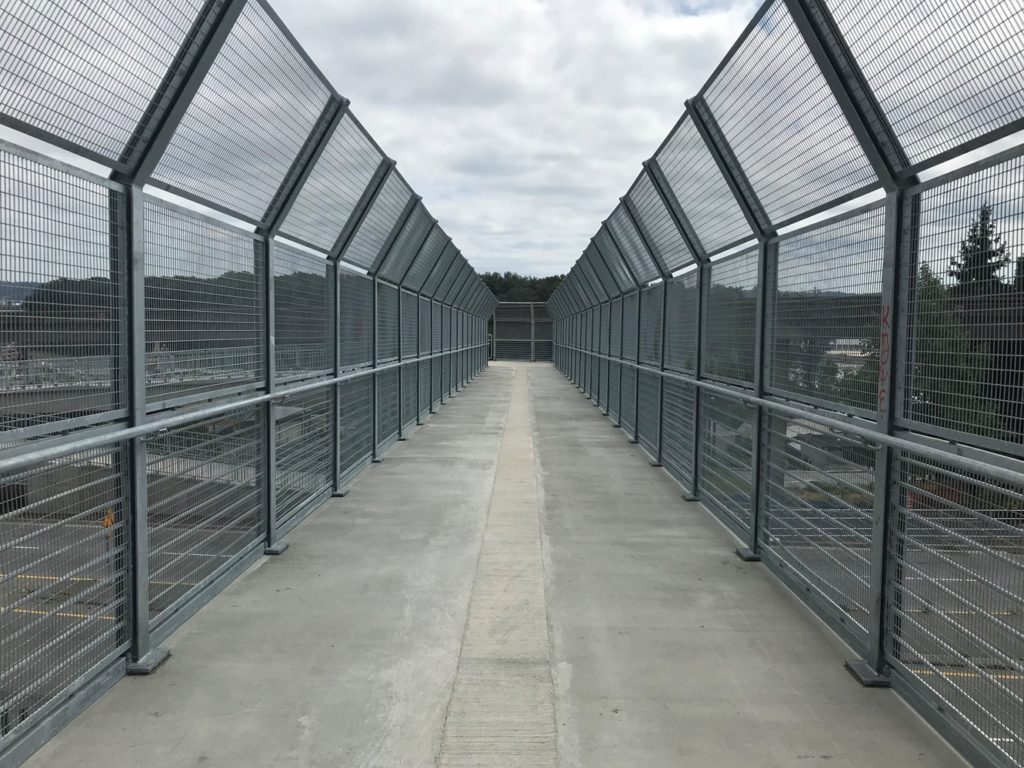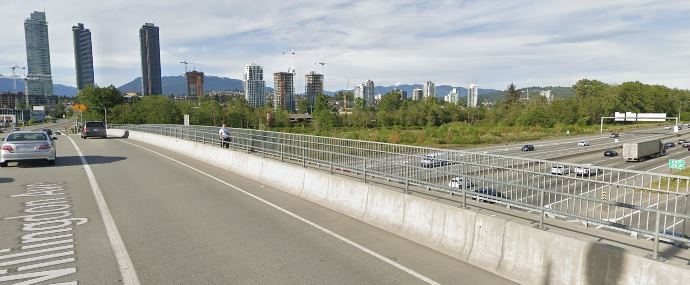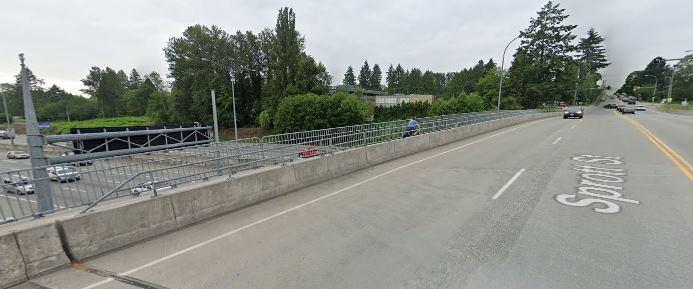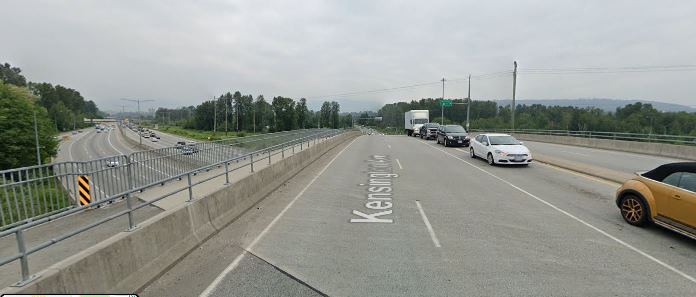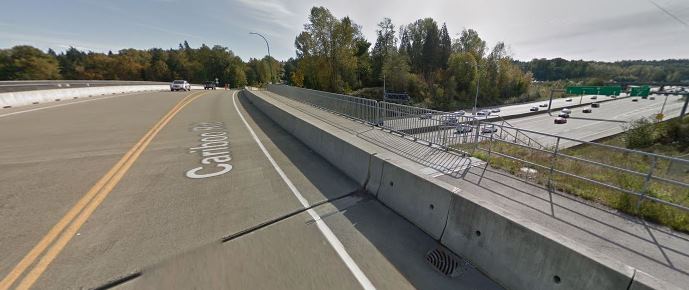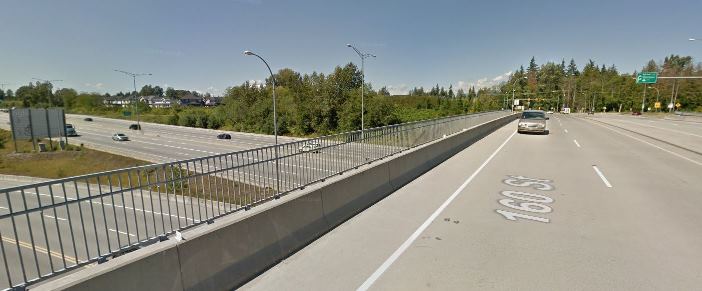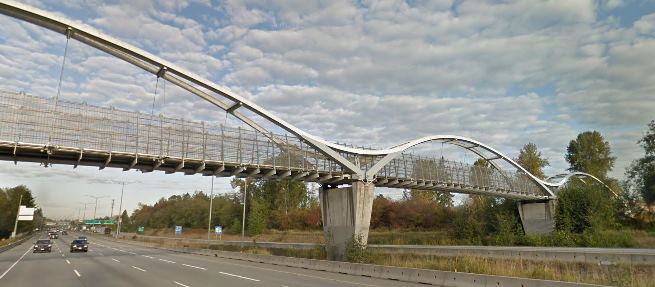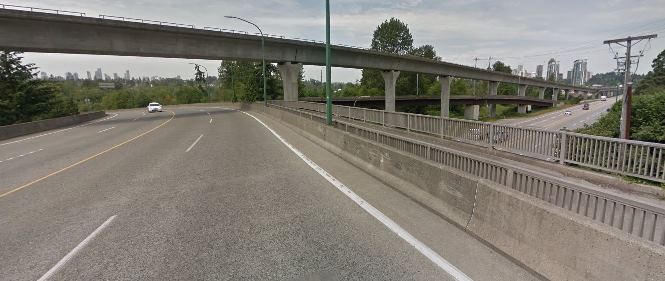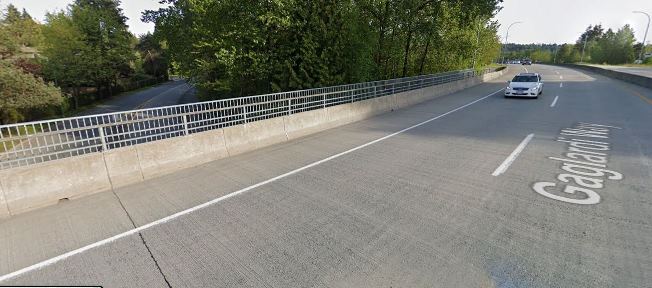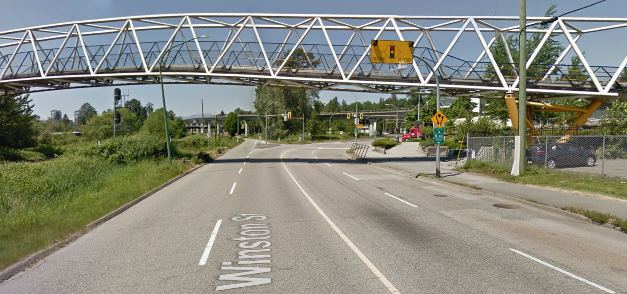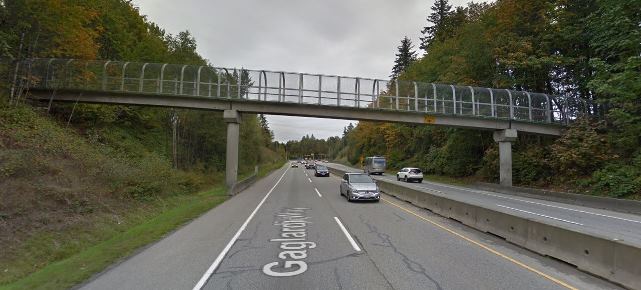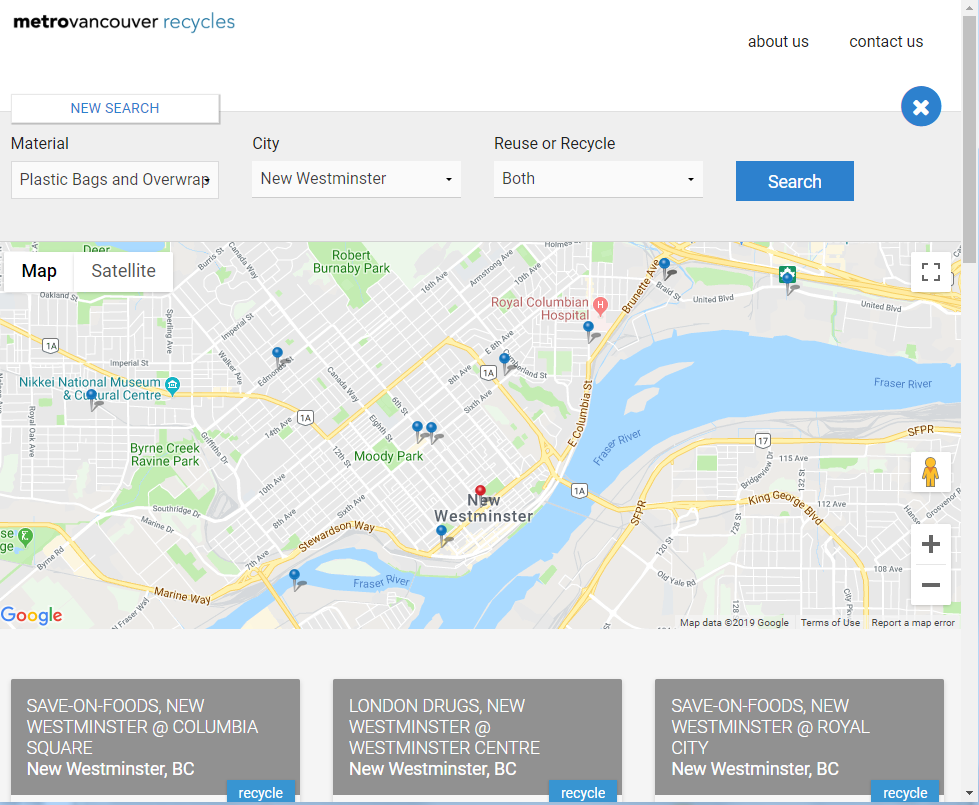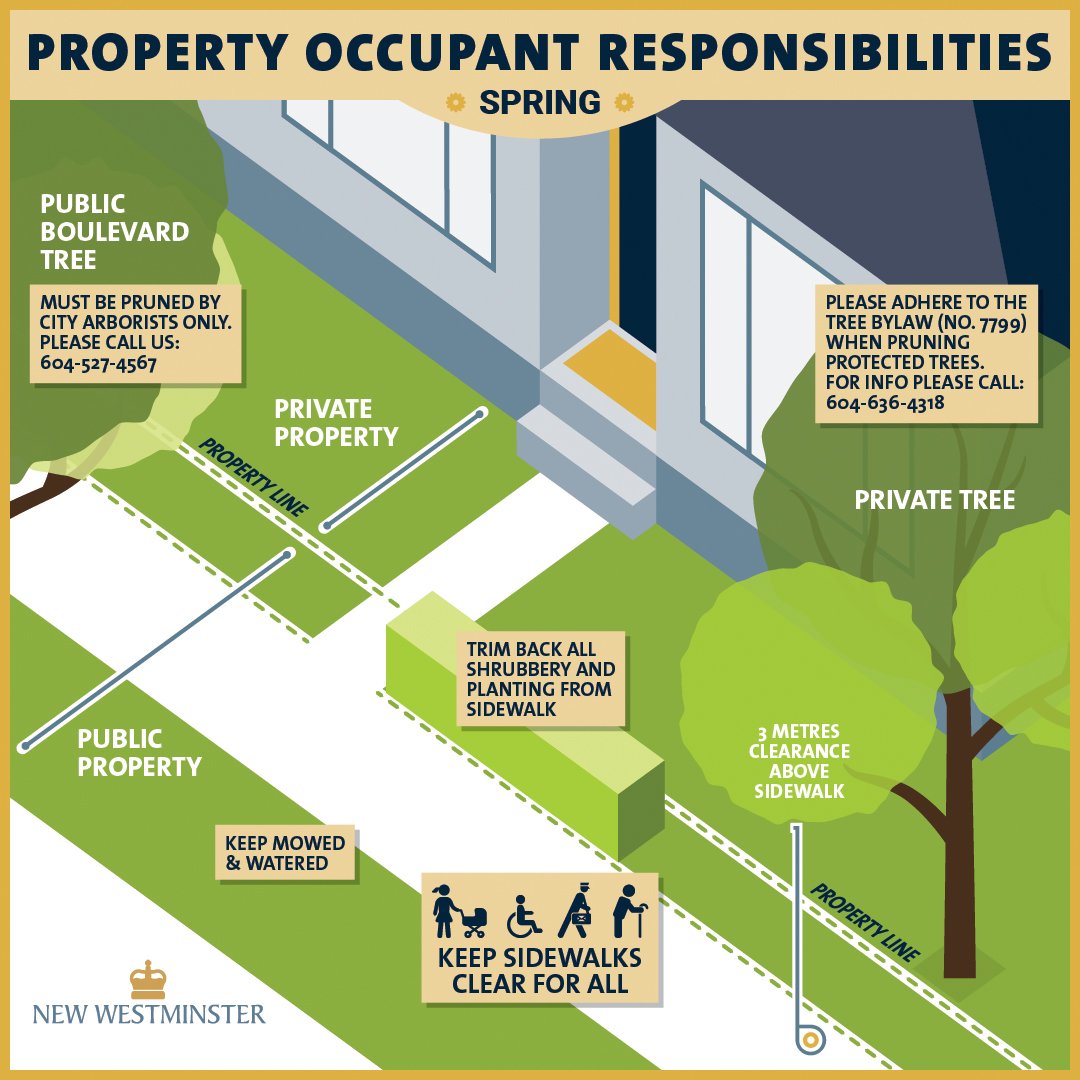Summer is over! Well, not quite yet, but the August break is over and New West City Council was back into action with a fun-packed agenda:
The following items were Moved on Consent:
Evaluating the current state of Advisory Committees
New West has more advisory committees than most Cities – more than twice as many as average. This is both good and bad. The idea that we have so much citizen participation in our decision making can make for better decisions, but the downside is that all of these committees draw a lot of resources (staff time, volunteer effort) and too much committee review can slow down our ability to get things done. We need to assure the committees we have are working as effectively as possible to assure that tax money is being spent efficiently, and to assure our volunteer energy is not being wasted. We have never done a comprehensive review of our committees to know if we are getting the most value from them.
The City engaged a team of SFU Public Engagement experts to help us evaluate the effectiveness of these committees, as part of our larger Community Engagement Strategy. There were a variety of recommendations, leading with “Don’t let committees get stale; keep them relevant and valuable”. I’m not sure the current structure does this. To be frank, our current committees are an expensive way to receive engagement by a small, select group of people – people selected by Council, which results in an inherent bias (totally not exempting myself from this).
There will be more discussion of this in the meetings ahead, but Council generally agreed with the recommendations to 1) Reduce the number of committees through amalgamation; 2) Allow staff to review applications and recommend membership to Council instead of Council leading the selection process; 3) introduce annual Committee workplans; and 4) introduce nominal term limits for volunteers.
Affordable Housing Amenity Provision: Policy and Guidelines Bylaw for Three Readings
The City has a reserve fund for Affordable Housing that comes from three main sources: density bonus money we receive from high rise development in the Downtown, transfers from operations, and part of the revenue from those ugly digital advertising signs at the City gates. It has been used to fund small affordable housing projects like at 630 Ewen and 43 Hastings, and there is a little less than $2 Million in the fund right now.
This new Bylaw will essentially create some firmer guidelines about how this and future Councils can spend that money, based on recommendations for the Affordable Housing Task Force. There is A LOT here, and this is coming out of a lot of work by out Affordable Housing Task Force, and I cannot disagree with any of the recommendations made.
Introduction of New Building Bylaw: Including an Amendment to the Development Services Fees and Rates Bylaw (Schedule A), and Amendment to the Bylaw Notice Enforcement Bylaw, and an Amendment to the Municipal Ticketing Information Bylaw – Bylaws for Three Readings
The City has a Building Bylaw that dovetails with the Provincial building code, which is being updated in various ways to reflect changes in the building code and City policy.
228 – 232 Sixth Street (la Rustica): Development Permit Application for a Mid Rise Multiple Unit Residential Development – Consideration of Development Permit Issuance
This property with the derelict buildings on it on 6th Street went through rezoning back in 2017, with a few of the neighbors in the adjacent building opposed, though the design was modified somewhat to reduce overlook and proximity issues. This DP application reflects some further minor changes to the design as it had to be modified to not impact a tree on the adjacent property that the neighbours would not agree to having removed.
It has been through Design Panel a few times, and was finally approved. As the building conforms with existing zoning and the modifications of the design since the rezoning approval are minor, this application does not need to go to further public consultation.
1111 Sixth Avenue (Wisdom Forest Early Learning Centre): Official Community Plan Amendment Section 475 and 476 Consultation Report
The owners of Shilo Church want to knock down the existing annex to the church, and build a new 4-story building that would house a retail spot, a significant childcare space (114 children), and a caretaker suite for the church. These uses do not fit with the existing OCP, and the part of the Church not being demolished is a protected heritage structure, so this building must be designed to be compatible with the goal of heritage restoration of the existing building. These two points mean this needs to go through the OCP process, So it needs to go to external review by First Nations, by the Regional District, etc. This will come to a Public Hearing in the fall, so I’ll hold my comments until then.
Cannabis Retail Locations: Public Operator Updates and Rezoning Application – Bylaw for Consideration of Readings
When Council went through our development of Cannabis Retail approval process, we admittedly missed the mark a bit in not recognizing that some of the fundamentals of the approval process would be different for the publicly-owned stores as they would for private stores. The public stores would have their own standards and processes regulated by the province that would supersede ones the City may put in place, and therefore a slightly different process for local approval would be good.
The process has been suitably revised for public store applications, and the received application for Queensborough Landing will go for Public Hearing on September 30, 2019. C’mon out and tell us what you think.
Cross Connection Control Program
Keeping the poop out of the water is one of the primary jobs of City government, and probably the least appreciated (no-one mentioned poop in water during the last municipal election, did they?) probably because it is something we do pretty well here in the Lower Mainland.
Last year, the regulator of our water system advised the City (an others) that we must undertake and active “Cross Connection” system to assure that we are not getting back-flow contamination of our water system. There is no sign that this is a current problem, but Fraser Health is regulating this change, and we are required to comply. In short, we already had some measures to prevent cross connection built into our Waterworks Bylaw, but there is no current active program to assure that these requirements are maintained in real time. We require them during installations, but don’t go out and look to see if they are still operating in subsequent years. That’s going to change.
We are going to have to hire some staff to do this work, and it is going to cost, but that cost will covered by required inspection fees and fees for new connections to the water system, as required by how we are regulated to fund the Utility.
Soil Deposit and Removal Regulation Bylaw No. 8106, 2019: Rescind Second and Third Reading and Amend Bylaw Consideration of Readings
There was an administrative error in the recently-given-third-reading Soil Deposit and Removal Bylaw around how “invasive Species” was defined. It has been corrected, but requires we go back and re-do the Second and Third reading.
1935 Eighth Avenue: Heritage Revitalization Agreement and Heritage Designation – Bylaws for Two Readings
This is a proposal to preserve a 1953 single family house on the corner of Eighth Street and 20th Avenue while subdividing the lot to build and infill house on the eastern half of the lot. This will go to a Public Hearing, so I will hold my comments until then.
The following items were Removed form Consent for discussion:
Proposed Key Directions Corporate Energy and Emissions Reduction Strategy (CEERS)
This is the first half of the City’s response to the Climate Emergency. This will address our “corporate” greenhouse gas emissions – the stuff the City itself does. It will be followed up by a Community Energy and Emissions Plan (“CEEP”), but it is good to outline how we first plant to put our own house in order.
Our Climate Emergency declaration was not an empty gesture. We are setting our corporate greenhouse gas reduction targets to meet the Paris commitments, 45% below 2007 levels by 2030, 65% by 2040, and 85% by 2050 – while striving to have net zero emissions by 2050. And we are putting policy in place that we think will get us there.
I will write a bit more in a follow-up post about this, but we have three big Corporate actions planned: Changing our vehicle fleet and how it is used, changing how we heat our buildings and water inside them, and instituting an internal price on carbon for our corporate procurement. This last one is a wonky but very aggressive tool that I look forward to unpacking the details on, because it will show real leadership for a local government. Council voted to support these measures in concept, pending some implementation details.
228 Nelson Crescent: Housing Agreement Bylaw 8142 , 2019 for Three readings
One of the new buildings in the Brewery District is reserved for “secure market rental housing” by a Housing Agreement between the Developer and the City signed back in 2016. This Bylaw would amend that Housing Agreement to clarify some rules about who will pay property taxes (the owner of the building, not the tenants) and utilities (the tenants, not the owner), and secure access to the common amenity space for renters in the building. We approved the Bylaw for three readings.
Community Grant Policy
The City has been looking to update and streamline how it manages its various grant systems. Much like committees (above), New Westminster has one of the most generous community grant programs of all local governments in the Lower Mainland. We are not talking about reducing grant values, just doing the hard work of assuring that the process through which we award grants is fair, transparent, efficient and responsible.
The process proposed by the staff report has received very positive response from the grant-receiving community – more positive than expected, honestly, considering the potential political minefield that community grant processes can be. So kudos to the staff and volunteers in our community service groups who worked to bring this together.
Upper Twelfth Street: Processing of Development Applications
There has been some discussion about Upper Twelfth Street, and potential strategies to protect the unique retail area. There were also some mixed messages coming out of a recent workshop on the topic about what council wants to see happening here, and we have not really heard from the community about what the business goals are on upper 12th (this is one part of town where businesses are not particularly interested in supporting a business association or BIA, apparently).
Staffs was suggesting this uncertainty may require some policy work, and even suggested Council may want to freeze the intake of new rezoning of development applications in the area until we develop a stronger vision (or even update the relatively recent OCP at a neighbourhood level). I was not in favour of preventing or slowing changes for what could be a couple of years to this area while we figure out what we want to do with it. There is not a spate of applications, if Council does not want to approve an particular application, they can choose not to. In the end we agreed to maintain the status quo in a split vote, and deal with applications when they come.
Parking Utilization in Multi Unit Residential Projects
Parking is a discussion that takes a notably disproportionate amount of our time and energy in the City. We have a housing crisis, but by going to any Public Hearing you would assume we have a Parking crisis – that affordable, accessible, and convenient housing for cars is a bigger concern than the same goals for people.
On issue that came up recently is how allocate off-street parking is allocated in market and non-market rental housing. I question whether these practice we have (allowing owners to charge extra for off-street parking as part of our Housing Agreements) incentivized street parking, exacerbating the negative impacts of “free” street parking while underground garages that we require developers to build remain underutilized.
The primary tool to determine how much off street parking is built is the Zoning Bylaw, but until recently, we didn’t really have a performance measure to know if the Bylaw was causing us to build too much, too little, or just the right amount of parking. A March 2019 Regional Parking Study by Metro Vancouver showed parking is oversupplied in most multi-family housing region-wide, however, it is difficult to translate this directly to the local situation in New West at the neighbourhood level.
This answers my questions. We are probably building slightly too much off-street parking, and the incentive value of unbundling off-street parking is, on balance, higher than the cost of the increased load on street parking. A different management of on-street parking is a better way to address underutilized underground parking, and despite my reflex feelings about this, it makes sense to manage rental parking the way we do through Housing Agreements.
Cycling Connections to New Westminster Secondary School
The new High School is going to be receiving students next year, and (as raised by a HUB delegation back in July and my recent rant) this is an opportunity and an excuse for the City to review our active transportation connections to the school, because they are currently sub-optimal, and we don’t want them to get worse.
There are three essential issues here:
1:A safe cycling access to the Cross-town Greenway at 7th Ave will be built that goes via Moody Park. This is a great connection that the city needs and will serve long-term, though we may get more of a short-term solution as we still have some detail to work out about land between Massey Theatre and 8th Street that the City doesn’t own (see below).
2: As great as it would be to also have a safe separated cycling connection along 6th Street, It is clear that 6th is where we need to prioritize pedestrian space and supporting the frequent bus network. A lot of students access this school by transit. As the lanes work now, it is hard to design a separated bike rout that does not impinge on safe pedestrian space or significantly impact the bus lanes operation through there, so I am happy to support those priorities here. To improve the pedestrian experience, there will be a pedestrian-controlled mid-block crosswalk in 6th Street across from the School, and a new full signalized intersection mid-block on 8th Avenue.
3: The current school is going to be knocked down, so we cannot provide safe routing through that construction site until that is done, but we are working to assure than a paved connection onto the Dublin Greenway directly from the new school across the memorialization space is preserved and implemented as soon as the school demolition is complete.
I am satisfied that we will have safe connections, even if they will not be optimal at the time of opening.
Environment Advisory Committee: Single-use Item Reduction Recommendation
Our Environment Advisory committee is asking Council to look at banning some single-use plastic items, and even Styrofoam. Some cities are taking these action, with mixed success. The City of Victoria’s plastic bag ban ended up being struck down by the courts, and will have to go through approval from the BC Ministry of Environment and Climate Change Strategy.
Meanwhile, the Province is currently engaging the public on this, and honestly this is a topic that falls 100% under their jurisdiction. For this reason, several Cities are taking resolutions to UBCM to ask the Provincial government to exercise its authority here and implement a plastic control strategy that addresses single use plastics, plastic waste management, and still address the legitimate needs of the disabled community and other people for whom the use of some single-use plastic items may be an equity issue.
I think we are better served finding out where the province is going with this, actively advocating the province to better regulate plastics use and disposal, and am hoping that New West can support motions to this effect at UBCM. We moved to table any action until the Provincial report is released in the fall, and we will have a better idea of the legislative landscape we are entering, and to advocate the Province to listen to the disabled community and other marginalized groups in their single use plastics policy work.
Finally, we adopted the following Bylaws:
Five-Year Financial Plan (2018-2022) Amendment Bylaw No. 8136, 2018
The updates to the 5-year financial plan to account for revenue projections and other small changes that we reviewed last meeting were adopted by Council.
New Westminster Aquatics and Community Centre Temporary Borrowing Bylaw No. 8079, 2019
The Bylaw that allows us to borrow a LOT of money to build a new pool and community centre was adopted. This is going to be the #1 budget driver for the City for the next 5 years, so let’s hope we get some help from senior governments and don’t have to borrow as much money as we are authorized.
Zoning Amendment Bylaw No. 8113, 2019 (315 and 326 Mercer Street)
This Zoning Bylaw that was a couple of missing pieces in the Eastern Node development plan in Queensborough was adopted by Council.
Parks and Recreation Fees Amendment Bylaw No. 8137, 2019
This Bylaw that supports the annual adjustments in Parks and Recreation fees in the City (still the lowest in the Lower Mainland for most facilities – get out there an recreate!)was adopted by Council.
And that was enough business for a warm Summer night, see you after Labour Day! Grab a bit more summer before its gone!
